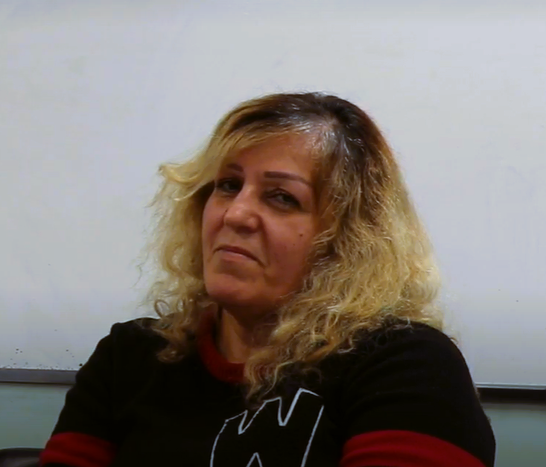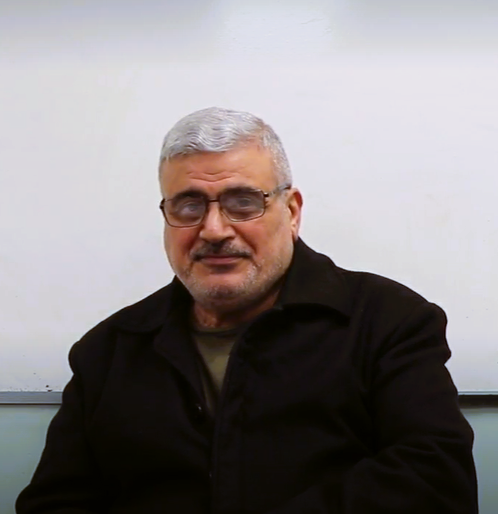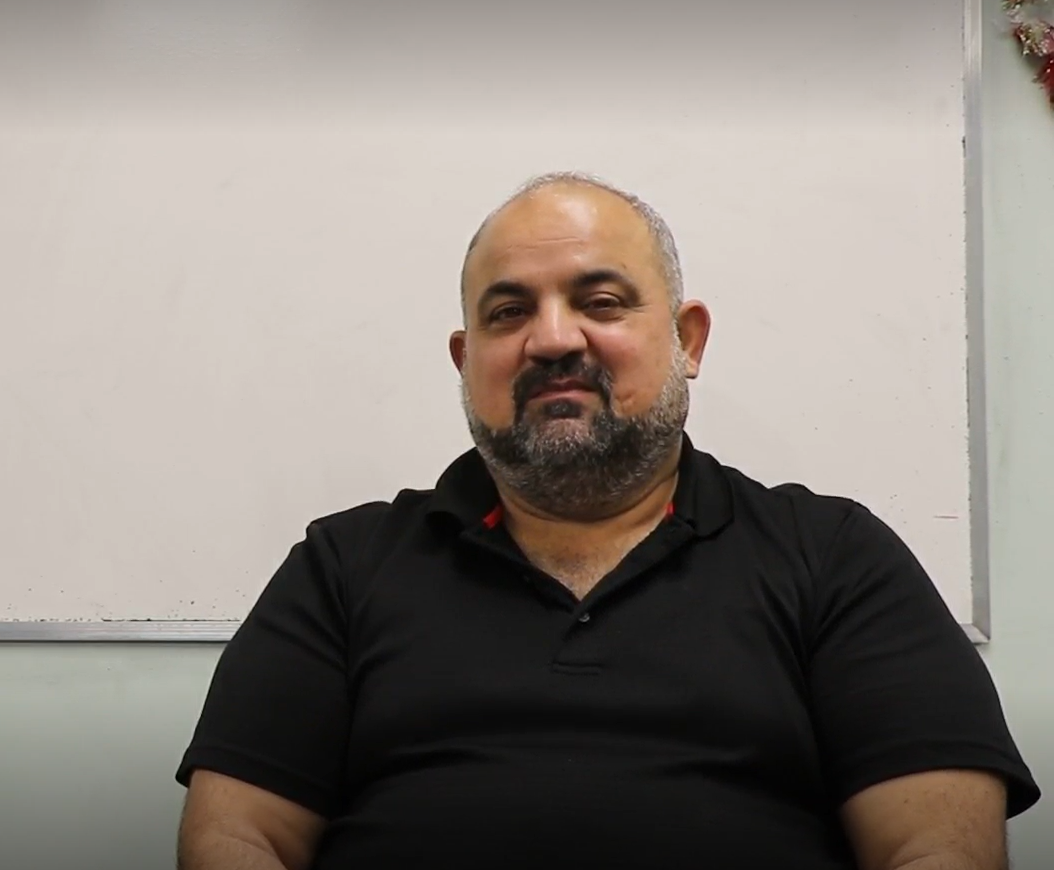 Multicultural Council of Windsor & Essex County (MCC)
Multicultural Council of Windsor & Essex County (MCC)
Adult Learners
Adult Learner, Niran, MCC

Niran, an adult learner at the Multicultural Council, recounts the ways in which she learns English as a new language best. To Niran, multimodal instructions and activities that include images, drawings, and written information help in introducing new words and concepts in English. Choi and Yi (2015) write in favour of multimodal approaches to literacy education. They state, “multiple modes for instructional supports to enhance print-based text, they found that multimodal teaching particularly helps ELLs gain nuanced understanding of subject-matter content knowledge, allows them to powerfully express what they learned, and provides them with a psychological refuge” (p. 318).
Furthermore, Niran speaks about the values of learning a new language as a life-long learner. Learning English becomes a variable path to building community. Biryukova et al. (2015) write, “For creating a learning environment for a positive adults’ self-actualization, it is necessary to create a situation of “living” that is a model in the course of teaching situations that allow learners to recognize their personal values, and emotionally “experience” them in the process of learning” (p. 149).
In the video below, she questions the benefit of teaching and learning a new language through writing alone. Niran also talks about the importance of repetition of new words used in various contexts.
*Please note that the audio for the above video is in Arabic. To view the English translation of the audio, click on the CC button on the bottom right-hand side of the video frame.
Adult Learner, Samir, MCC

In the video below, Samir, an adult learner at the Multicultural Council, speaks about the importance of implementing a variety of instructional practices when learning English as a new language. While Samir values that reading and writing are valuable methods of teaching and learning, he believes that gestural and visual modes help promote understanding of new concepts in a new language. Grapin (2018) writes, “Multiple modes are the semiotic resources necessary for engaging in disciplinary practices and are especially beneficial to ELs” (p. 49).
When traditional means of communicating content knowledge reach a limitation, Samir finds that his teacher’s use of technology to look up and project images on the whiteboard enhances language learning for all students in the classroom regardless of their native tongue and prior language knowledge.
*Please note that the audio for the above video is in Arabic. To view the English translation of the audio, click on the CC button on the bottom right-hand side of the video frame.
Adult Learner, Baha, MCC

In the video below, Baha, an adult learner at the Multicultural Council, speaks about different instructional methods that his teacher uses with the class in order to introduce more complex linguistic concepts in a way that is accessible. For example, Baha speaks about how important it is for him to see new words written on the board. Then, she projects different images of new items or objects on the board.
Yi (2014) writes, “What is especially important is that multimodal literacy practices are likely to provide more possibilities for tapping into ELLs’ strengths, their lived experiences, and sociocultural knowledge that are often overlooked or unseen in the conventional academic literacy practices” (p. 164). The combination of the written word and projected image, as Baha mentions and Yi advocates for, aids new language learners in understanding new linguistic lessons and introduces them to new ways of making meaning.
*Please note that the audio for the above video is in Arabic. To view the English translation of the audio, click on the CC button on the bottom right-hand side of the video frame.